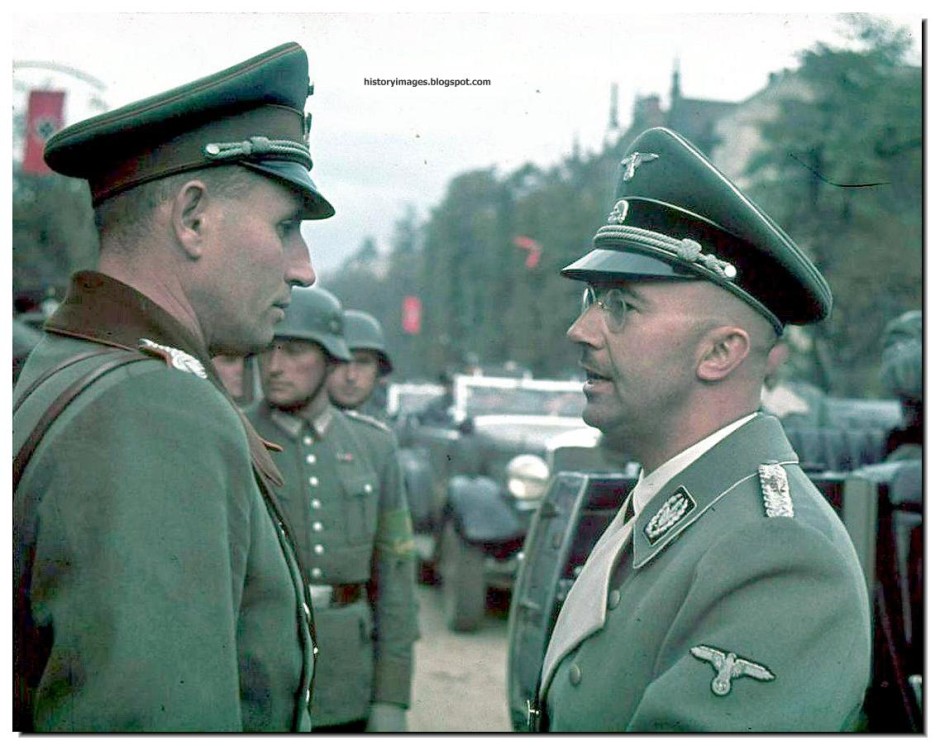Who could have known?
Heinrich Himmler was born into a “normal” German family, yet he would become one of the architects of the Holocaust. “Nothing in Himmler’s childhood and youth, spent in a sheltered, conservative Catholic home typical of the educated bourgeoisie of Wilhelmine Germany, would suggest that someone with clearly abnormal characteristics was growing up there,” writes Peter Longerich in his masterful biography, Heinrich Himmler, published by Oxford University Press.
Judging by Longerich’s book, billed as the first comprehensive account of this mass murderer, Himmler — the head of the SS, the chief of police and the minister of interior during the Nazi era — was an unconventional antisemite.
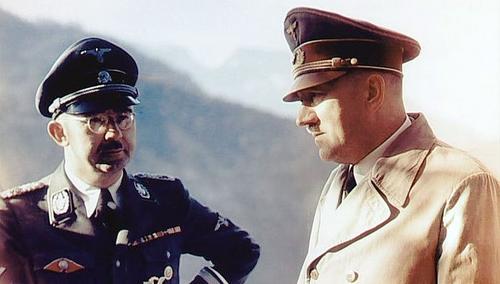
An early acolyte of Adolf Hitler, Himmler deplored “mob” antisemitism, which manifested itself through insults and violence against Jews. Considering it unacceptably vulgar, he preferred a more “objective” antisemitism based on race.
As late as 1940, Longerich observes, Himmler distanced himself from the concept of eliminationist antisemitism. The physical extermination of the Jews, he argued, would be “fundamentally un-German and impossible.” Himmler, having been in favor of solving the “Jewish question” through emigration, supported the ill-fated Madagascar scheme. But when it proved elusive, due to the exigencies of World War II, Himmler embraced a “final solution.”
Himmler was a lapsed Catholic steeped in volkisch ideology, which had heavily influenced the thinking of his fellow Nazis, says Longerich, a British historian whose speciality is Nazi Germany. Himmler spoke of “dark Jewish conspiracies,” “Jews and Bolshevism” and the “dangers posed by Jews.”
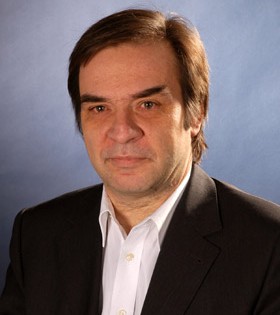
By Longerich’s estimation, the essential elements of his volkisch vision were, apart from antisemitism and racism, extreme nationalism, a rejection of modernity and a belief in the occult. Himmler’s views, he adds, were a mixture of “political utopia, romantic dream world and substitute religion.”
An agronomist by training and one of the first members of the Nazi Party, Himmler rose quickly in the new order. The key figure in the formation of Germany’s terror apparatus, he was instrumental in building up armed SS units, unifying the concentration camp system under his personal control and strengthening the Gestapo, one of the police forces at his beck and call.
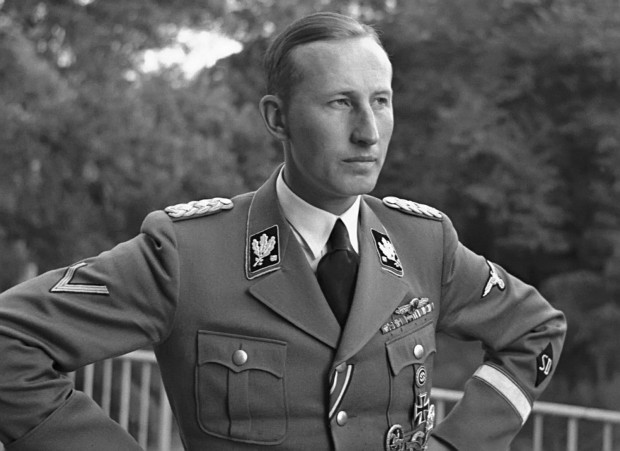
In general, Longerich notes, Himmler left the implementation of anti-Jewish measures to Reinhard Heydrich, his deputy. Yet he played a major role in formulating policy. Citing an example, Longerich refers to Himmler’s pre-war order expelling Polish Jewish residents from Germany. This incident prompted Herschel Grynspan — a 17-year-old Polish Jew whose parents had been directly affected by this edict — to assassinate a German diplomat in Paris. This, in turn, led to Kristallnacht, a nation-wide pogrom which broke out in November 1938. Kristallnacht, which spelled finis to Germany’s Jewish community, was a prelude to the Holocaust.
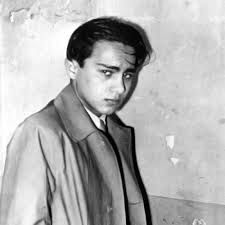
It isn’t clear whether Himmler instructed the SS to participate in Kristallnacht. But in a speech the day before, Himmler declared, “I consider the Jews as the essence of everything that is negative … the Jews cannot remain in Germany. It’s only a matter of years (before) we shall increasingly drive them out with … ruthless brutality.”
Which, of course, is precisely what happened.
Like many Nazis, Himmler thought in terms of forcing Jews out of Germany rather than murdering them in cold blood. The Madagascar project, focused on a French island in the Indian Ocean, was Exhibit A of this mindset. But once it could no longer be implemented, the Nazi leadership looked to eastern Poland and the Soviet Union as a dumping ground for Jews. Himmler temporarily considered a plan for the mass sterilization of Jews, but it was overtaken by events.

Shortly after Germany’s invasion of the Soviet Union in June 1941, mobile killing units, known as Einsatzgruppen, began murdering Soviet Jews on a massive scale and work started on the construction of the Belzec extermination camp in Poland. After Heydrich’s assassination in May 1942, the Nazis, in Operation Reinhardt, intensified the persecution and killing of Jews.
In July of that year, Himmler visited Auschwitz, where he witnessed the gassing of Jews. “His behavior and comments led one of those present to assume that the (Nazis) had now decided to murder the European Jews,” writes Longerich.
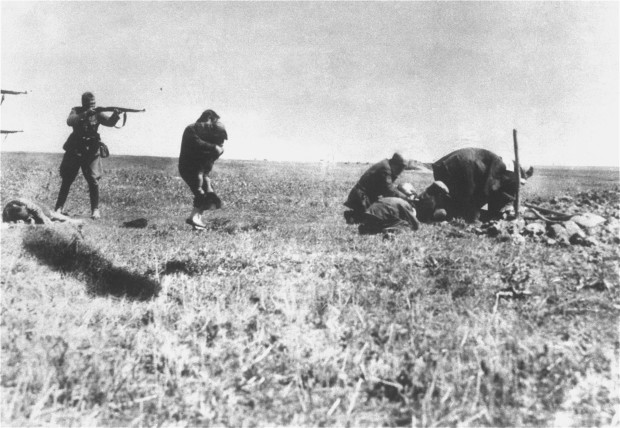
Three days after his visit, the Germans deported tens of thousands of Warsaw ghetto Jews to Treblinka, a short distance away.
Himmler was a keen advocate of genocide, his previous qualms notwithstanding. In perhaps his most infamous speech, in Posen on Oct. 4, 1943, he spoke candidly about the unfolding Holocaust, describing it as “the most difficult question I’ve had top face in my life.”
As he put it, “Today I am going to refer quite frankly to a very grave chapter. We can mention it now among ourselves quite openly and yet we shall never talk about it in public. I’m referring to the evacuation of the Jews, the extermination of the Jewish people … To have coped with this and — except for cases of human weakness — to have remained decent, that has made us tough. This is an unwritten — never to be written — and yet glorious chapter in our history.”
The Posen speech would not be his last on the topic, as Longerich notes.
In May 1944, he said, “The Jewish question was solved ruthlessly in accordance with orders and a rational assessment of the situation.” Three months later, he said, “It’s good that we were tough enough to exterminate the Jews…”
Toward the close of the war, Himmler tried to use Jews as bargaining chips in a desperate bid to save himself and the Nazi regime. Also, incredibly enough, he tried to defend, or else to gloss over, its crimes against humanity.
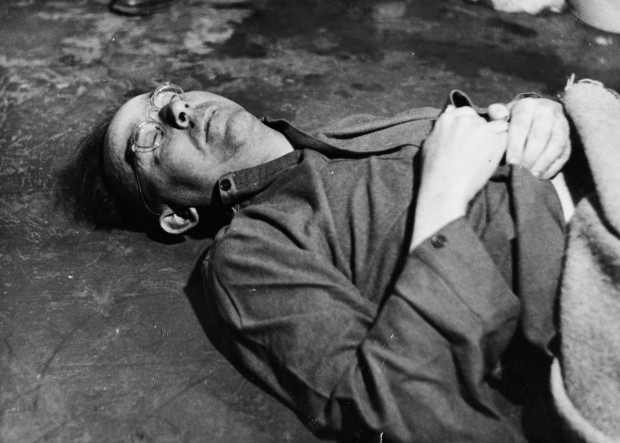
With Nazi Germany having gone down to ignominious defeat, he attempted to evade justice by disguising himself as a simple soldier. Caught and imprisoned, he committed suicide by swallowing a poison capsule, knowing full well that he faced execution.
